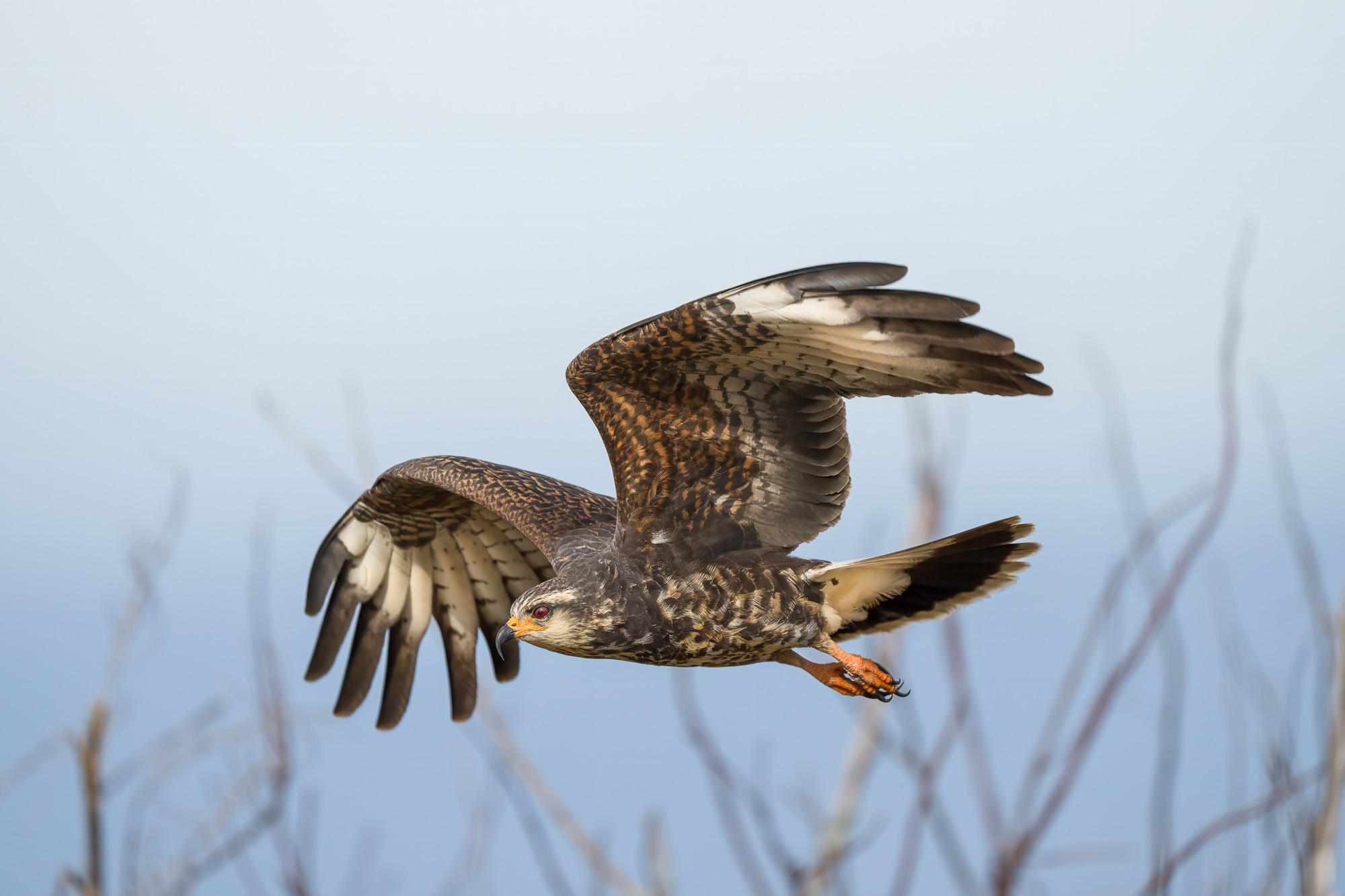
Image: by Alex Wallace
Movement and connectivity conservation for biodiversity
Supervisor: Professor Rob Fletcher
The movement of species has intrigued scientists for centuries, particularly the ability to predict movement across space and time to understand its consequences. The problem of understanding movement has also reached unprecedented importance in conservation, as movement underlies the extent to which landscapes are ‘well connected’ for biodiversity conservation. Yet our ability to predict movement of species remains limited due to difficulties in tracking movement for much of biological diversity. New sensor technology offers potential to transform our ability to predict movement and understand how global change may alter the rate of movement needed for species persistence. While these technological advancements are opening the door to answer long-standing questions, our ability to harness these data across species remains undeveloped. In this research, we will advance predictions of movement for biodiversity science and apply them to connectivity conservation.
Type of work
The student will become a critical member of a collaborative group that is building an initiative to link movement biology, ecological connectivity, and conservation. The student will build a global database on different types of movement that can be linked with connectivity models. The student is expected to do ecological field research and/or applied modelling. Field research opportunities include working with an endangered raptor across its metapopulation in the Greater Everglades and field experiments on movement capacity under land-use change. Finally, the student will apply data and models to address conservation problems related to connectivity, which may include assessments of protected areas, identifying restoration potential to improve movement and connectivity, or tools to limit the effects of conflict and movement mortality from human infrastructure.
Importance of the area of research concerned
New global biodiversity targets focus on landscape and seascape connectivity as a foundational component of biodiversity conservation, including establishing ‘‘well-connected” networks of protected areas around the world. Recent advances allow the measurement and prediction of organismal movements at multiple scales and highlight how the resulting connectivity contributes to population persistence, ecological function, and ecosystem services. This knowledge can guide biodiversity conservation, ecological restoration, and climate adaptation, yet much of connectivity science remains to be fully integrated into planning. One key reason is that it remains challenging to understand movement and connectivity across species and how to monitor changes ecological connectivity for conservation targets. In this project we will address these challenges.
References
Fletcher, R. J., Jr., J. A. Sefair, C. Wang, C. Poli, T. Smith, E. M. Bruna, R. D. Holt, M. Barfield, A. J. Marx, and M. A. Acevedo. 2019. Towards a unified framework for connectivity that disentangles movement and mortality in space and time. Ecology Letters 22:1680-1689.
Hartfelder, J., C. Reynolds, R. A. Stanton, M. Sibiya, A. Monadjem, R. A. McCleery, and R. J. Fletcher. 2020. The allometry of movement predicts the connectivity of communities. Proceedings of the National Academy of Sciences of the United States of America 117:22274-22280.
Robertson, E. P., R. J. Fletcher, Jr., C. E. Cattau, B. J. Udell, B. E. Reichert, J. D. Austin, and D. Valle. 2018. Isolating the roles of movement and reproduction on effective connectivity alters conservation priorities for an endangered bird. Proceedings of the National Academy of Sciences of the United States of America 115:8591-8596.
Straus, S., C. Forbes, C. J. Little, R. M. Germain, D. A. Main, M. I. O'Connor, P. L. Thompson, A. T. Ford, D. Gravel, and L. M. Guzman. 2024. Macroecological constraints on species' 'movement profiles': Body mass does not explain it all. Global Ecology and Biogeography 33:227-243.
